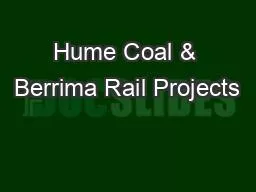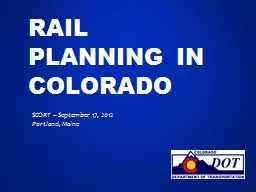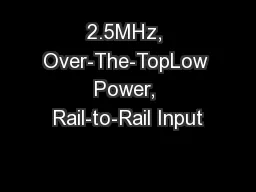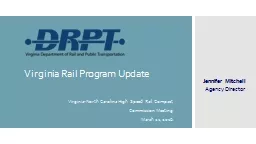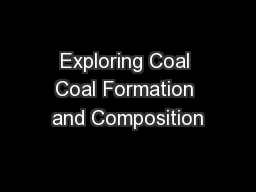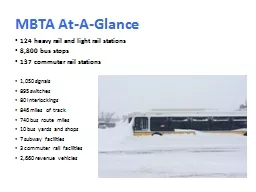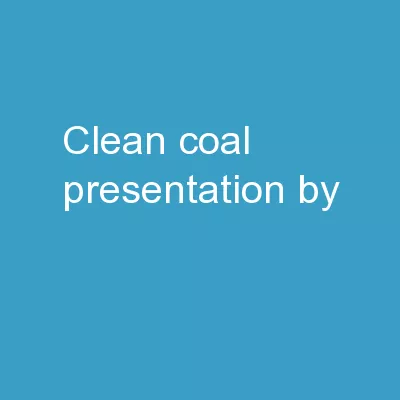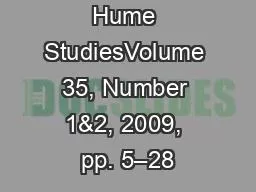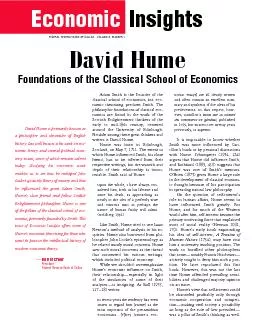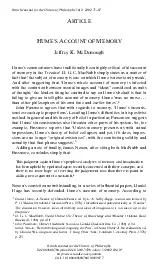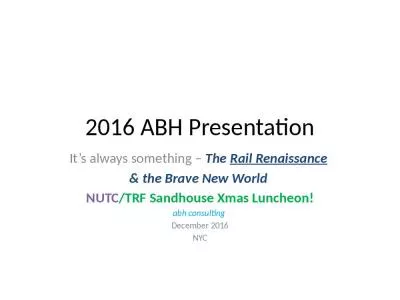PPT-Hume Coal & Berrima Rail Projects
Author : sequest | Published Date : 2020-07-01
NSW Independent Planning Commission Public Hearing 26 February 2019 POSCO in Australia Since 1981 Joint Ventures 9 Invested more than 5bn by end of 2018 Purchase
Presentation Embed Code
Download Presentation
Download Presentation The PPT/PDF document "Hume Coal & Berrima Rail Projects" is the property of its rightful owner. Permission is granted to download and print the materials on this website for personal, non-commercial use only, and to display it on your personal computer provided you do not modify the materials and that you retain all copyright notices contained in the materials. By downloading content from our website, you accept the terms of this agreement.
Hume Coal & Berrima Rail Projects: Transcript
Download Rules Of Document
"Hume Coal & Berrima Rail Projects"The content belongs to its owner. You may download and print it for personal use, without modification, and keep all copyright notices. By downloading, you agree to these terms.
Related Documents

